The concept of beneficial ownership is very important in the Indian context. It has been discussed in various acts in India.
Companies Act, 2013
The Indian Companies Act, 2013 and Companies (Significant Beneficial Owners) Rules state the criteria for identification of significant beneficial owner.
Significant beneficial owner means any individual, who acting alone or together through one or more persons or trust:
- Holds Indirectly, or together with any direct holdings, 10% of shares or voting rights of a Company
- Has the right to receive 10% of the total distributable dividend in a financial year, through direct as well as indirect holdings
- Exercises significant influence or control in any manner other than through direct holdings alone.
Every such individual needs to file a declaration in Form BEN-1 with the Company. The Company then needs to file a declaration with the Registrar of Companies in Form BEN-2 within 30 days from the date of receipt of Form BEN-1 from the individual. Form BEN-2 then becomes a public document which can be viewed by any Registered/ Business User of the Ministry of Corporate Affairs.
Prevention of Money Laundering Act, 2002
The Prevention of Money Laundering Act, 2002 (PMLA) and the various rules made thereunder, as amended from time to time, stipulate that a Reporting Entity (banks, financial institutions and intermediaries) needs to identify the Beneficial Owners of their clients. The threshold which needs to be followed for identification of the beneficial owner of a legal entity client is 10% effective March 7, 2023. Prior to that the threshold was 25%.
Once the PMLA Rules are notified, they need to be complied by all the Reporting Entities. Typically, the regulators of such Reporting Entities issue a formal communication intimating the change. To this extent, the Reserve Bank of India, the Indian banking regulator has issued a notification effective April 28, 2023.
Challenges faced by Reporting Entities
The main challenge which would be faced by the Reporting Entities would be to drill down and obtain information of the individual person/s holding 10% or more stake in their legal entity clients. Presence of complex ownership structures, nominee shareholders and limited access to information would further complicate the identification.
Needless to say, the Reporting Entities should evaluate a mechanism wherein leverage can be made on the publicly available information shared by the companies under the Companies Act, 2013.
The above article provides a general overview on the topic. For further information with respect to beneficial owners, kindly contact services@jneela.com.





